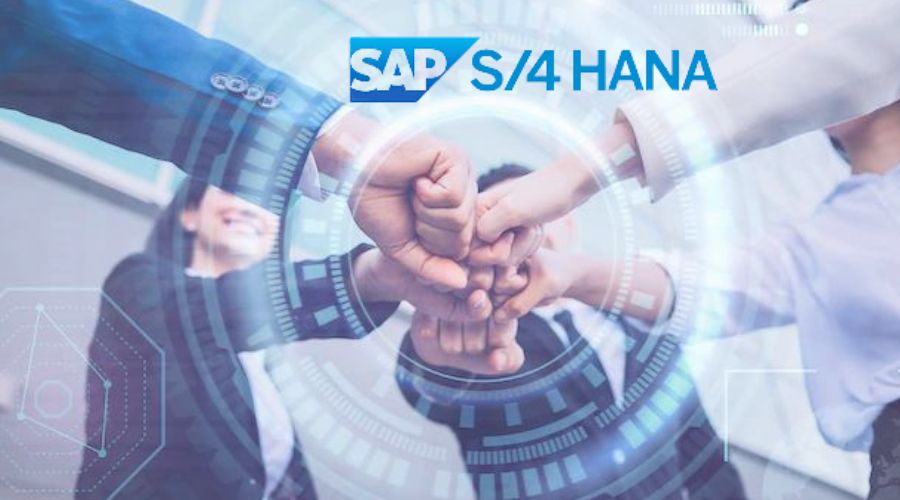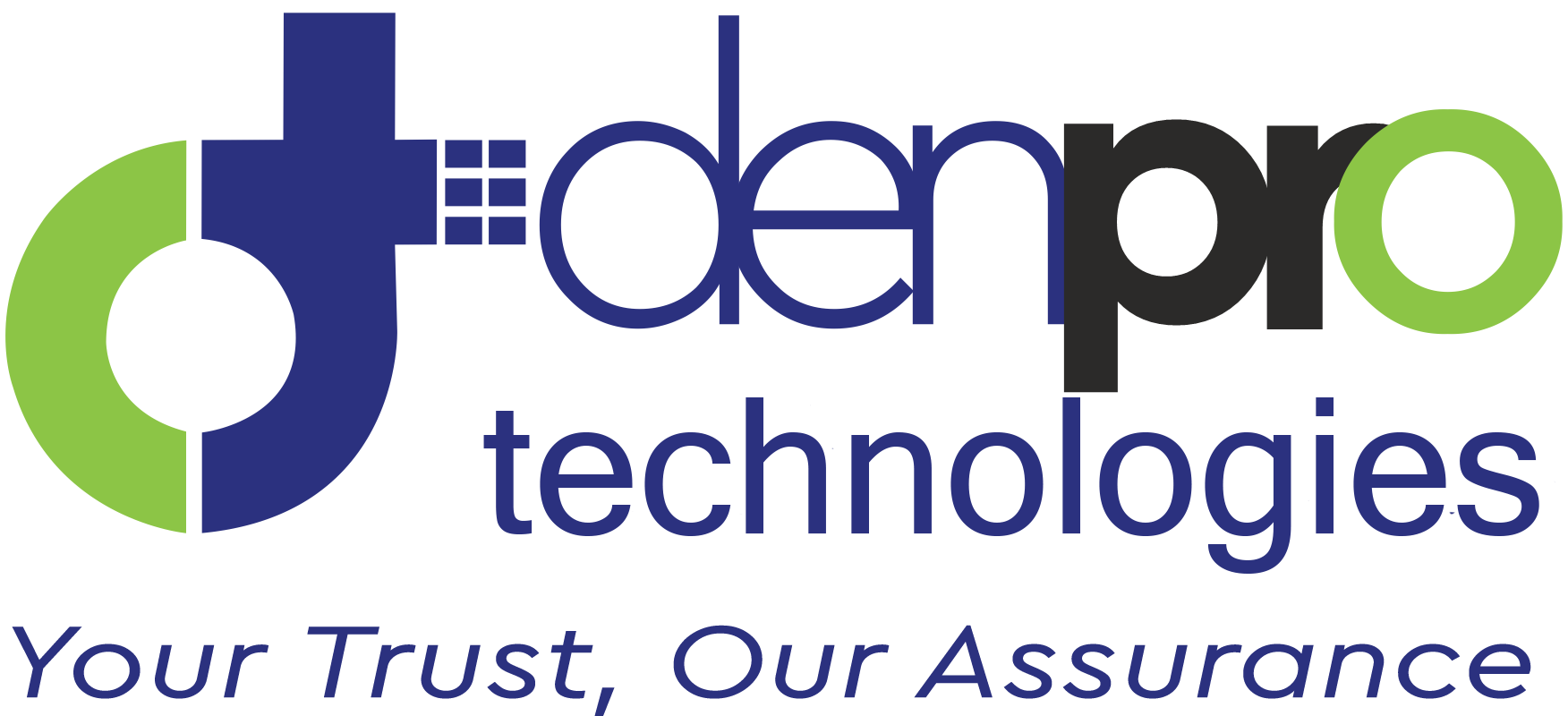A Beginner’s Guide to SAP S/4 HANA Implementation

The majority of enterprises run on SAP ECC or one of its earlier versions. According to a normal contract, SAP will provide ECC support through 2027 with the option of extending it up to 2030. Then, what? It’s time to upgrade to SAP S/4HANA, the company’s most recent large-enterprise ERP solution.
Digital transformation is essential for organizations. When determining whether to make significant modifications to the current system, various factors must be taken into account in order to ensure business continuity and achieve optimal workflow. Given this, implementing SAP S/4 HANA as planned and following the SAP system’s established SAP S/4 HANA utilization phases are definitely worthwhile. Additionally, it is important to consider the following: Can a change like that lead to advancement?
Time Is of the Essence
We can hold off until the last end thanks to the choice to switch to SAP S/4 HANA. This, however, might not be the wisest course of action. Why? The safety net up until 2027 would appear to be enough. But if we add the time required to assess a company’s readiness to adopt S/4 HANA to the time required for the actual deployment, we can find ourselves perilously close to the deadline. If the S/4 HANA deployment is postponed by a few years, it will be difficult to coordinate it with the SAP Implementation Services providers in charge of your company’s digital transformation. Can your company afford to wait until the last minute to seize this chance?
The Process of Implementing SAP S/4 HANA
You must adhere to the SAP S/4HANA installation guide, which details all the systems and transformation plans that must be completed during the initial phase of implementation while utilizing the capabilities of the ERP solution.
The user must also be aware that the framework must be modified in order to fit the business cycle of the firm while adopting SAP solutions. It is important to carefully plan how the framework will change in accordance with the business cycle in order to maximize its ability to help the company reach its objectives.
Because the first stage of the conversion to S/4HANA is the roadmap to outcomes, it is vital to implement the business conversion while working on information collecting related SAP HANA migration, features, cost, and time.
Step 1: Check for Business Readiness
During this phase, a standard readiness report is generated, which is processed after technical and organizational implementation-related factors have been considered. The information is also used by the ERP testing company to choose an implementation strategy.
Step 2: Check for business requirements
The second stage requires the creation of a list of all the changes that must be made to the current ERP system. The execution cycle is also covered in the second stage, along with the selection of the key route for installing S/4 HANA and the suitability of the development environment for the ongoing procedure.
Step 3: Analyzing ABAP code
In the third step of the procedure, the ABAP code must be checked for conformity with SAP HANA requirements. This will require that SQL queries in ABAP programmed be valued in accordance with the demands of the moment. The approach also needs to figure out how to arrange the innovations that must be used in order to acquire accurate data within the restrictions of accessibility time.
Step 4: Environmental Architecture
Basis advisors and the internal IT division will research the available framework components using the information gathered during the readiness check and practical workshops with the client. Based on this research, they will propose the objective climate design at the level of SAP S/4HANA applications. When making plans with the Equipment Service Provider to create actual environment architecture, the Client will use the specific design (hardware, OS, LAN).
Which Conversion Path to Choose?
In order to implement real-time transformation, developers frequently struggle to select a conversion path that is suitable for the assessed capabilities and organisational requirements. For deploying SAP HANA, there are normally two basic conversion methods, referred to as Brownfield and Greenfield. The company’s overall financial situation, financial restrictions, long-term ambitions, and of course its current SAP ECC architecture all have a role in how these are used.
All the Best
Do you require assistance with the SAP HANA deployment process? Have you already made the switch but still need help validating the system for your business needs or with quality assurance? Then Denpro Technologies professionals can provide you with the best support possible.
